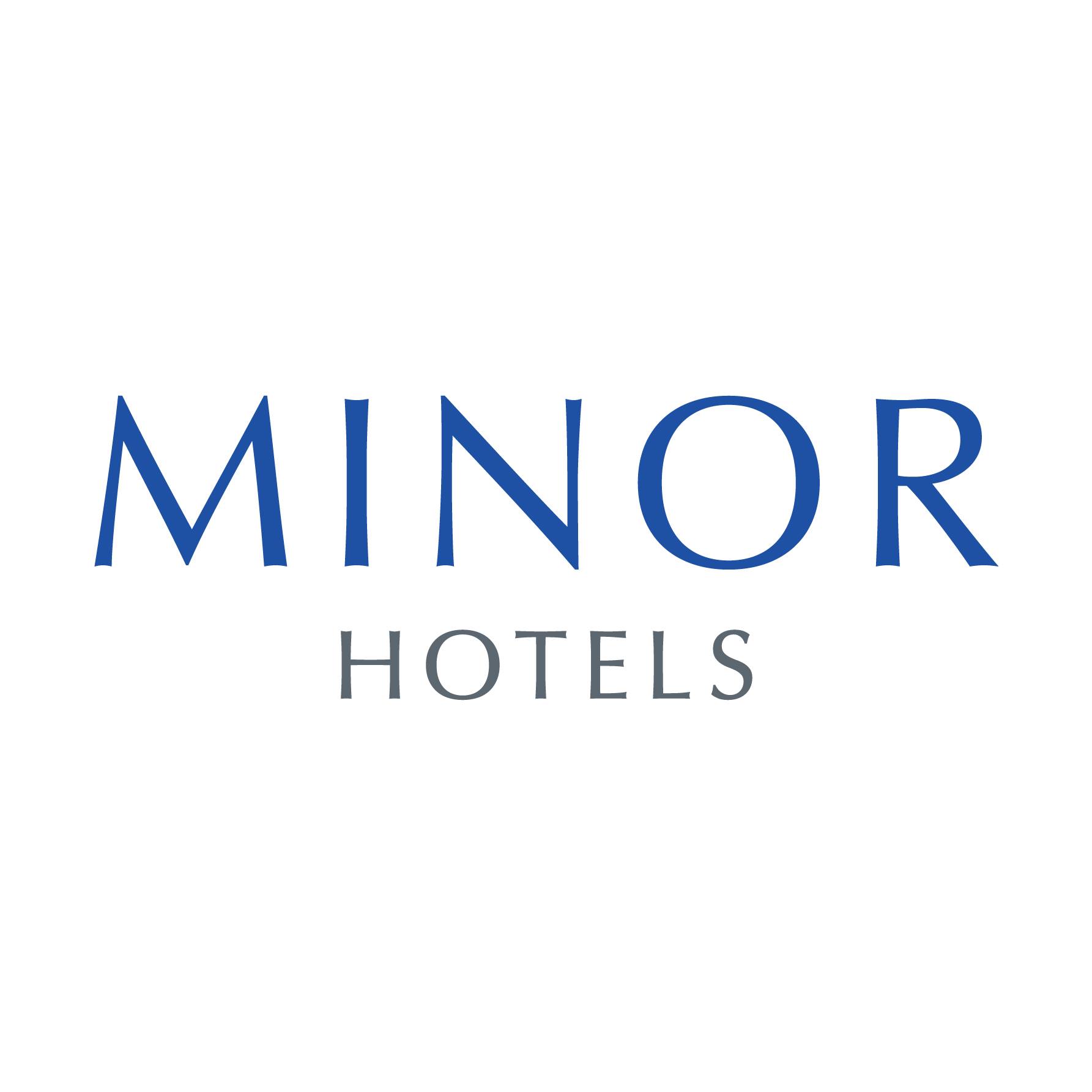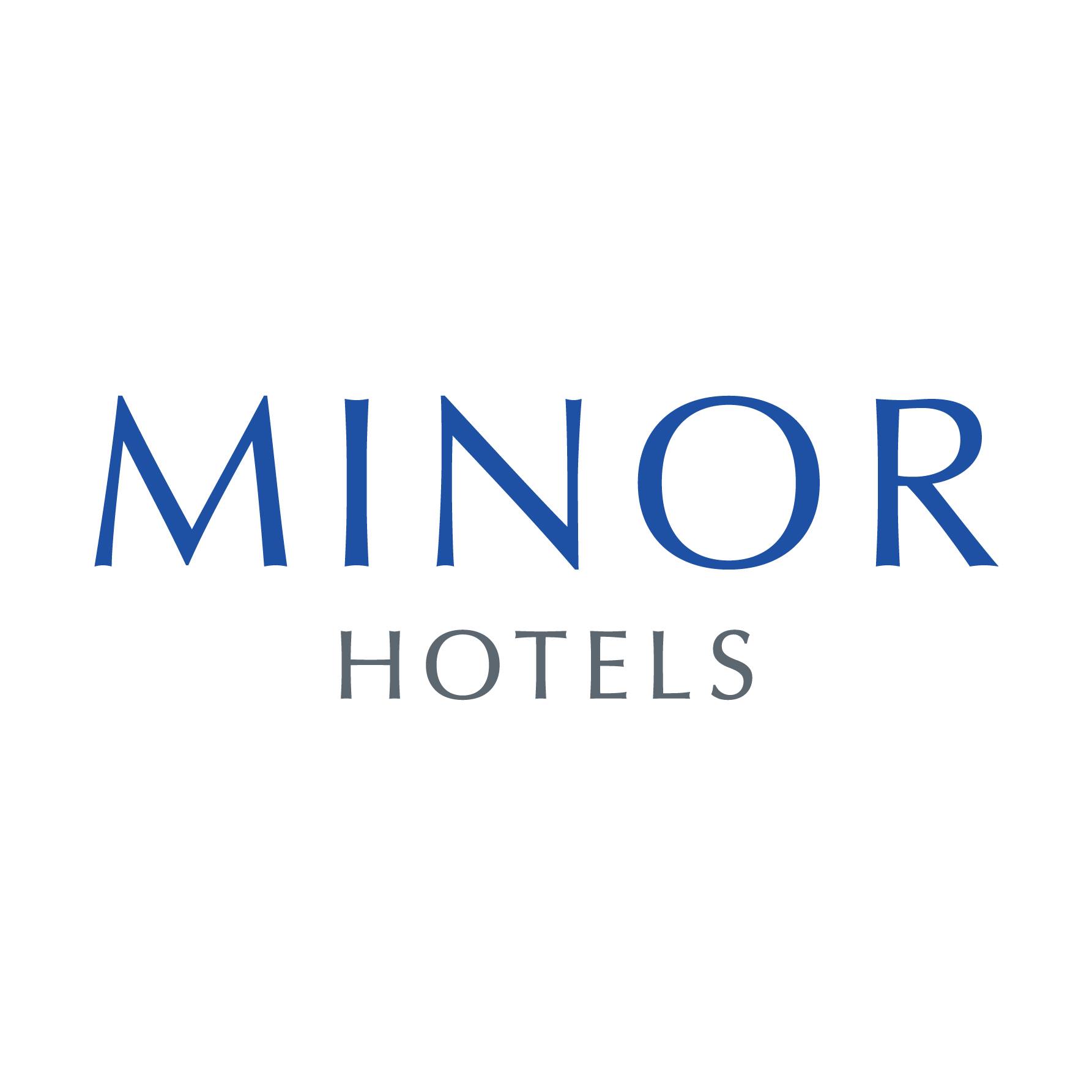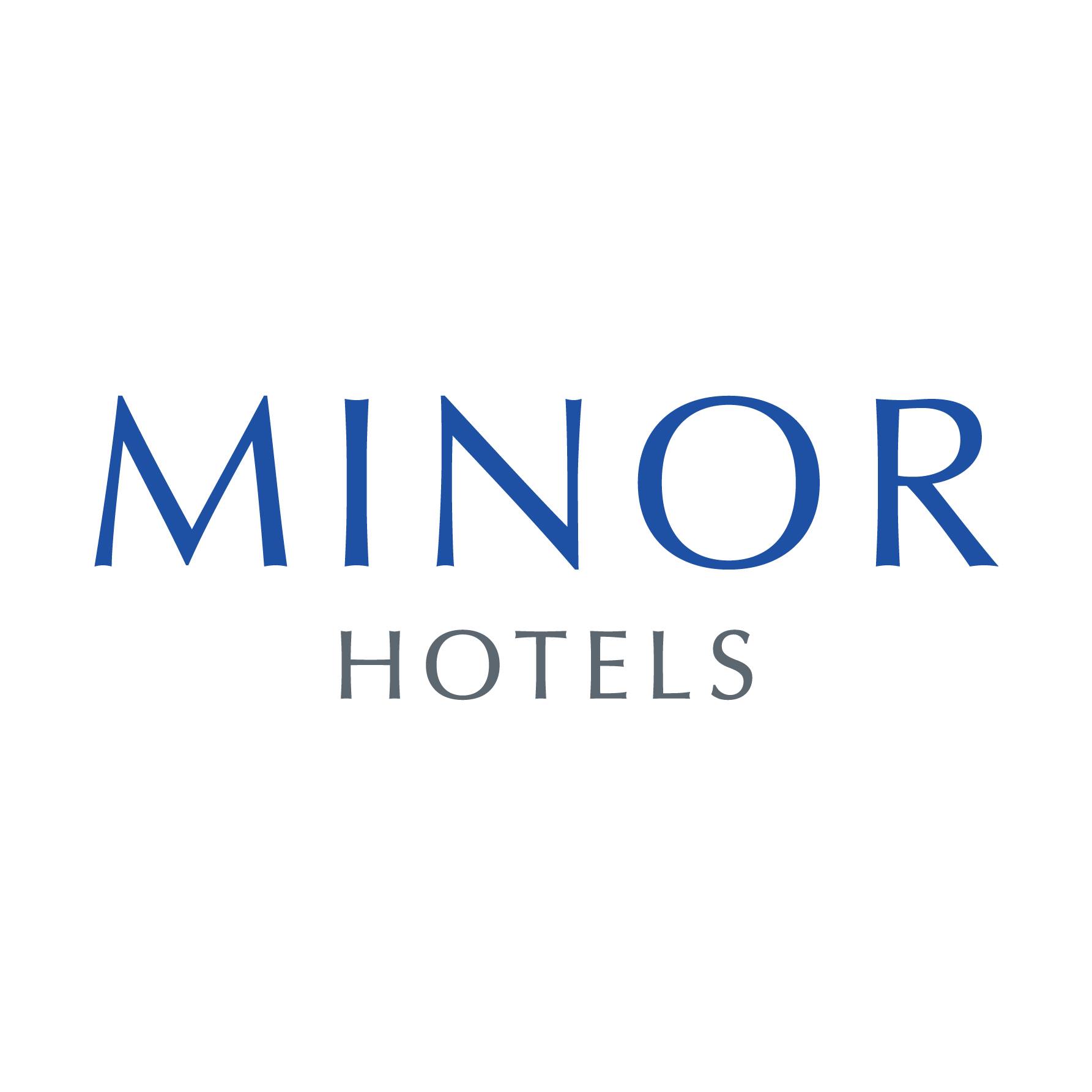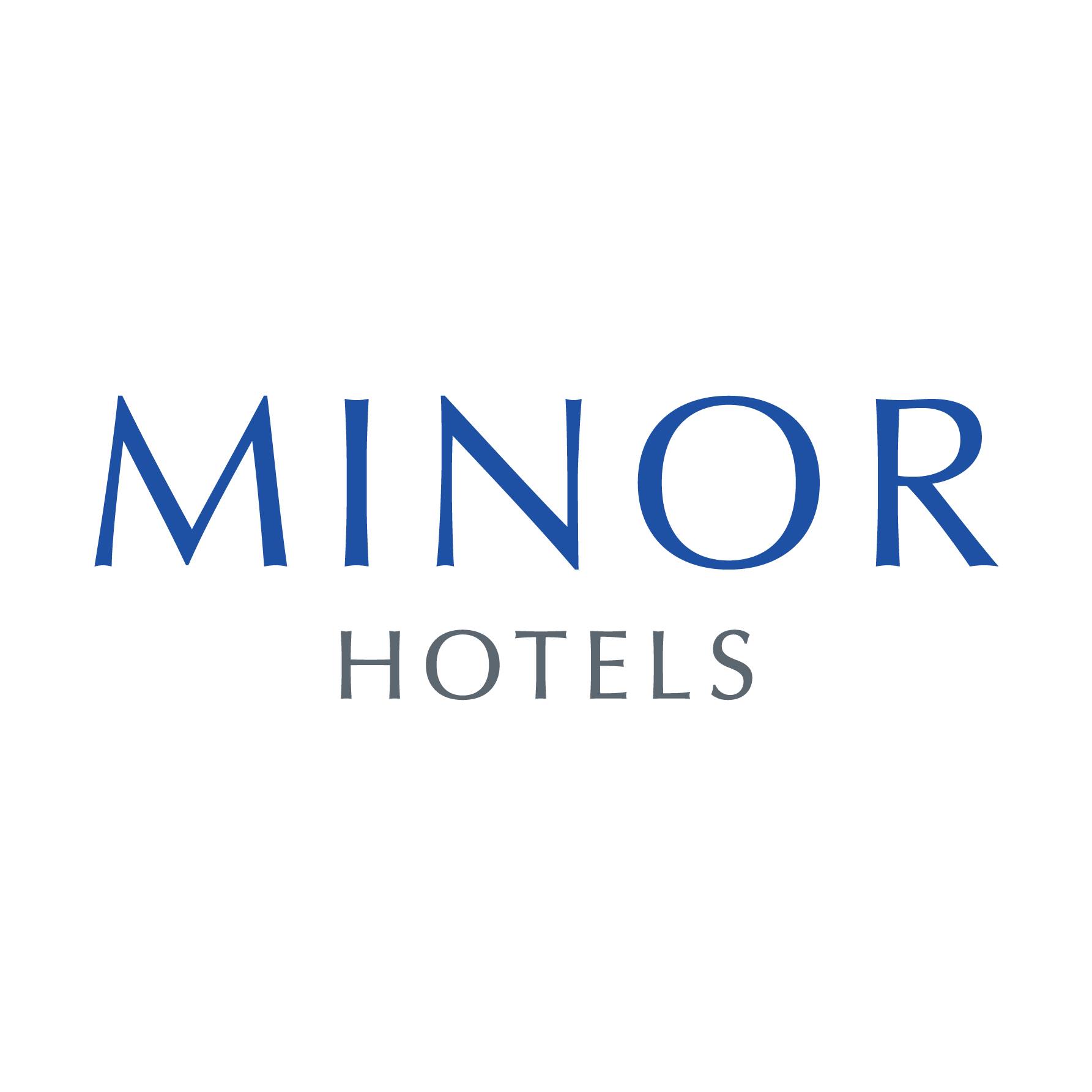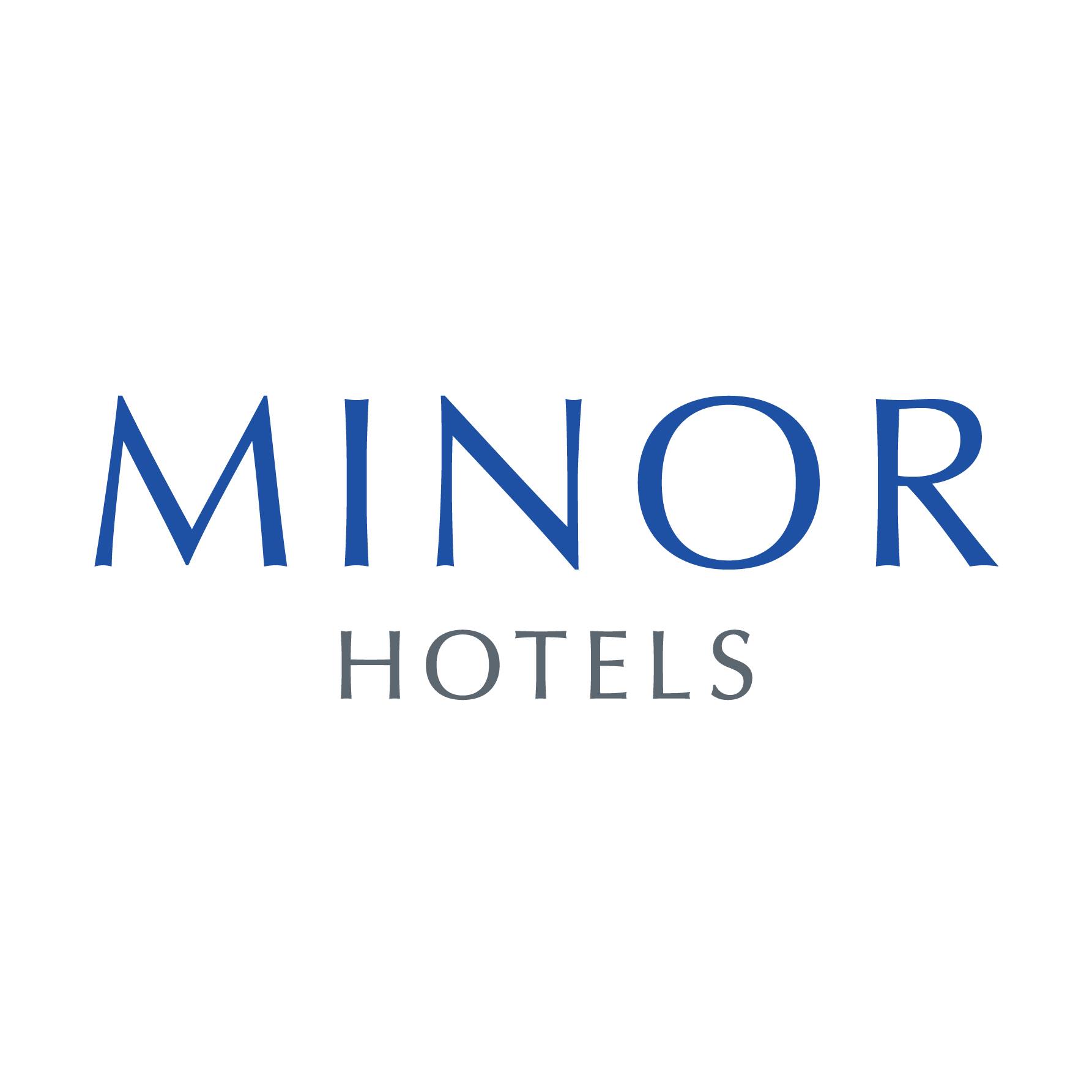Title Page
-
Site
-
Division
-
Auditor
-
HOD Area / In charge Person / Outlet Manager
Section 1 : Knowledge (HK)
-
1.1.1 Managers certified by accredited food safety training program and able to demonstrate sufficient basicfood safety knowledge
-
1.1.2 Staff has shown good knowledge of basic food safety and being trained on basic food safety. There fresher course is arranged on yearly basis for those who have already attended the training.
-
1.1.3 The staff who handling chemicals have received appropriate training on chemical handling.
-
1.1.4 The staff has shown good knowledge of chemical handling and be able to use the chemical correctly.
-
1.2.1 Temperature logs are available in realistic range and completed with corrective actions written. Recordsare required to be available for at least 3 months.
-
1.2.2 Record and form are in good documentation control for guidelines & policies. Records are completed, corrected, verified
Section 2 : Employee Health (HK)
-
2.1.1 Food handlers in the hotel are in good health. No employees including managers, exhibit any cold/flu-likeinfectious disease symptoms.
-
2.1.2 First aid supplies are regularly replenished and checked with the record keeping. Bandages are availablefor the staff in food and drink preparation area to use.
Section 3 : Personal Hygiene (HK)
-
3.1.1 Employees wear clean, proper uniform and shoes
-
3.1.2 Eating, drinking, chewing gum, smoking, or used of tobacco are allowed only in designated area away fromfood and beverage preparation, service, storage and ware washing area.
-
3.1.3 Personal belonging and medication are controlled in the food preparation area
-
3.1.4 Gloves are available at facility. Color coded is applied where applicable.
Section 4 : Hands (HK)
-
4.1.1 sufficient facilities hand washing available (sink, soap, towel/hand dryer, signage, and foot pedal bin) Handwashing sinks are accessible and functional, in sanitary condition and use only for handwashing purpose
-
4.1.2 Temperature of water in the handwash sink is >29°C
-
4.2.1 When gloves are required, food handlers avoid touching ready-to-eat foods with bare hands
-
4.2.2 Gloves are available at facility and kept in an appropriate location.
-
4.2.3 Gloves used and worn properly.
-
4.2.4 Any cuts or wounds are completely covered by a suitable waterproof dressing and gloves are worn overthe waterproof bandage/ dressing.
Section 5 : Source (HK)
-
5.1.1 Foods used in the kitchen/ F&B Outlets are from approved/ reliable sources
-
5.1.2 Received food packaging must be in good conditions, no torn package or pest infestation sign, sufficient information available
Section 6 : Contamination (HK)
-
6.1.1 Food and beverages stored in appropriate locations and off the floor at least 6 inches.
-
6.1.2 Cross-contamination is prevented during storage
-
6.1.3 Food is stored in a food grade container.
-
6.1.4 In food storage/ preparation area, the lights are covered to prevent physical cross-contamination
-
6.1.5 Food containers in-use are cleaned before replenising the food items.
-
6.1.6 Food packages and cans in good condition, damaged products are separated
-
6.1.7 Refrigerator and freezer units are clean and in good repair.
-
6.1.8 All refrigeration seals are clean and in good repair
-
6.1.9 Cardboard is not used for storage in food and drink preparation areas including the mini bar store.
-
6.1.10 Storage shelves are clean and in good condition. If wooden storage shelf is used, the condition of theshelf must be cleaned and in good repair.
-
6.2.1 Food utensils in use in the guest room/ Pantry/ Housekeeping trolley are stored properly
-
6.2.2 Utensils/equipment/contact surfaces are in good repair
-
6.2.3 Ice scoope is stored in the sanitizer solution between the use
-
6.2.5 Food containers in-use are cleaned before replenising the food items.
-
6.3.1 Cross contamination is prevented during food storage/ handling/ displayed in the guest room.
-
6.4.1 Contaminated/unwrapped/returned foods are discarded once brought back from the serving area
-
6.4.2 Single-use items are only used once
Section 7 : Cleaning and Sanitation (HK)
-
7.1.1 Sanitizer solution used is in the acceptable range at 200-400 ppm.
-
7.1.2 Test kits/sanitizer strips available and not expired
-
7.1.3 Temp of final rinse for dishwashing/ glass washing machine is 82°C to 90°C (or ≥ 71°C at dishwaresurfaces)
-
7.1.4 Inside the ice machine is cleaned and the regular cleaning schedule has been carried out with the record kept.
-
7.1.6 Cleaning and sanitation program is in place for food equipment and facility including compact machines. No sign of contaminations.
-
7.1.8 Equipment/utensils air-dried before stacking
-
7.1.3 Utensils/equipment/contact surfaces are properly cleaned and in good condition.
-
7.2.1 Wiping cloths used/stored properly/correct concentration
-
7.2.2 codded for wiping cloth is applied where applicable.
-
7.2.3 Wipping cloths used are free from frayed/ loose threads.
-
7.3.1 Kitchen/ bar shelves above food/ drink preparation, beneath preparation tables and underneath the barmat are clean
-
7.3.5 Cleaning equipment is properly stored in a designated area.
-
7.3.7 All other non-food contact surfaces and equipment such as interior drawers, shelves-furniture, counterunits, cabinets & closets etc. are clean and in good repair
-
7.3.9 Drain, channel, floor grates, strain baskets and floor are in sanitary condition and in good repair
-
7.3.4 Electric Device - Phones, printers, switches, wires & etc in good working and sanitary condition.
-
7.3.11 Preventive Maintenace plans are in place for equipment and facility provided in the area (For exampleAir-con, refridgeration units, ice machine, water filter etc.)
Section 8 : Waste Management (HK)
-
8.1.2 Indoor garbage containers are foot operated, closed. Indoor garbage are cleaned, emptied regular and in good condition.
-
8.1.1 Trash is sufficient availability/capacity.
Section 9 : Time and Temperature Control for Safety (TCS) (HK)
-
9.3.2 FIFO method of inventory management is used. Food products are used before expiry date/ use by date
Section 10 : Chemical (HK)
-
10.1.1 Only institutional/food-grade/company approved chemicals used
-
10.1.2 Material Safety Data Sheets (MSDS) available for all chemicals
-
10.2.1 Chemicals properly used and stored according to their intended use, stored, and labeled
-
10.2.3 Pesticides applied by qualified personnel only
-
10.2.4 Containers previously used for chemicals is only used for contain chemical
-
10.2.5 Rodent bait is contained in a cover, tamper-resistant bait station. Pest station mapping is available andupdated.
-
10.2.6 Personal Protective Equipment (PPEs) is provided in the chemical store room. Biohazard or spill kit isavailable.
Section 11 : Pest (HK)
-
11.1.1 Type and locations of pest treatment used in the hotel are depicted/ mapped out
-
11.1.2 All pest control chemicals that are being used on site have MSDS available
-
11.1.3 A copy of the contractor's current licence is available and valid.
-
11.1.4 Suitable training and training records of Pest Control Officer(s) are maintained at the facility
-
11.1.5 Suitable training and training records maintained if pest control activities are carried out by the staff.
-
11.1.6 Control of toxic bait station, so they are not located in the food production and storage area.
-
11.1.7 Pest activity was not observed Housekeeping pantry/ store room.
-
11.1.8 Pest activity is prevented through proper sealing of outer openings and the elimination of harborageconditions
Section 12 : Sewage & Plumbing (HK)
-
12.1.1 Sewage backed-up is prevented from going into the facility
-
12.2.1 Hot and cold water are available at facility
-
12.2.2 Back flow prevention present at all sinks
-
12.2.3 Air gaps are prevented at all sinks/beverage dispensers
-
12.2.4 All plumbing in good repair
